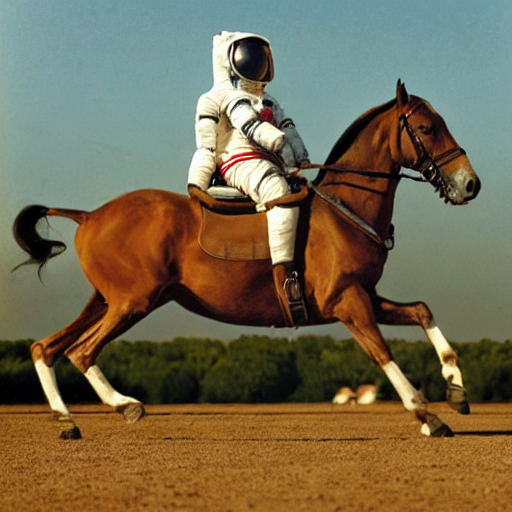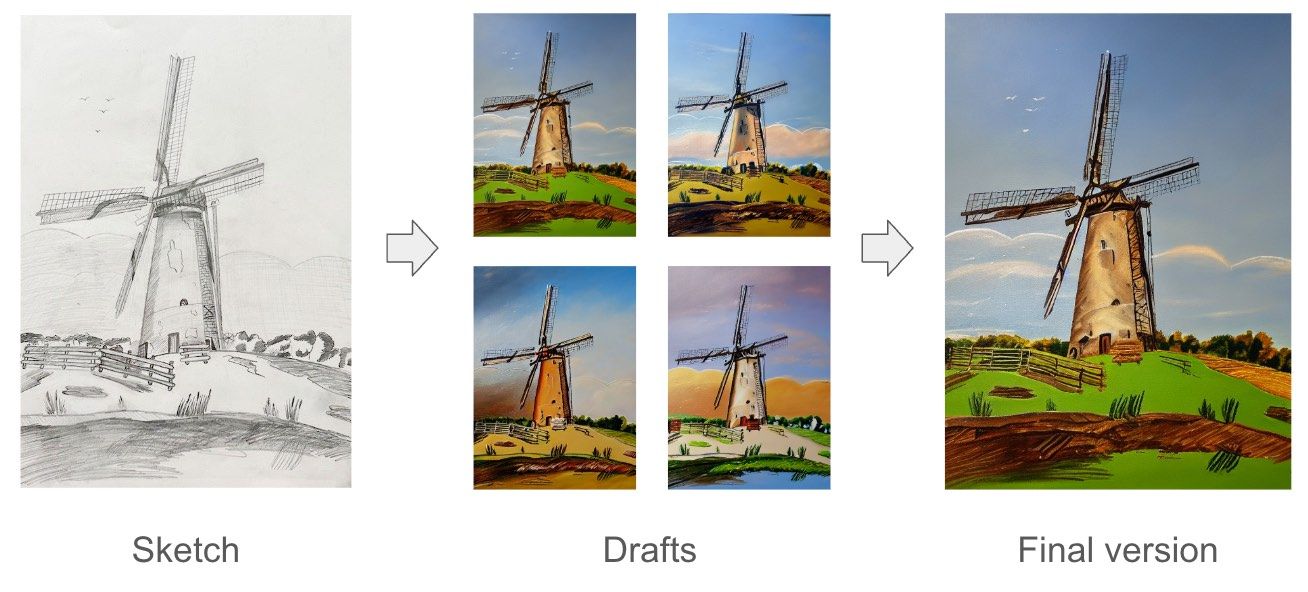
Have you ever felt stuck, desperately trying to come up with the perfect business idea?
Today my co-founder Kirill and I are launching our new service, and I would like to tell you how we came up with the idea.
Who knows, maybe our experience will help you come up with yours.
Attempt 1
Our startup journey began back in 2020, when we launched a QR menu with photos project. The idea came to me when I found myself constantly scrolling through outdated photos on a restaurant's Google Maps account, trying to understand what to order.
Despite our tireless efforts, we soon realised that we were missing the point because restaurant owners don't appreciate photos on the menu. They think it devalues their establishment. The lesson was that we were creating a service for restaurant visitors, but trying to sell it to restaurant owners. Anyway, in the spring of 2022 we made the difficult decision to close the project.
Attempt 2
However, our entrepreneurial spirit didn't wane. Kirill saw an opportunity to create a code-first, browser-based visual editor for React and Tailwind developers called Impulse.dev. The idea was that writing HTML sucks and no-code doesn't help software developers to deal with it.
Kirill wrote a post on Hacker News to test the idea, and it took off pretty well. We then spent a few months developing the tool, and it gained some popularity and kept growing at a steady pace. But as an open-source project for developers, it faced limitations in monetization. So after a while, we realized that we needed to brainstorm a new project that could generate revenue.
In search of a new idea
Mid-summer 2022, we turned to Arvid Kahl's "Embedded Entrepreneurs" book for guidance. The book is pretty good and outlines a process for identifying audiences you are familiar with and determining their unique needs.
We analyzed potential audiences—startup founders, indie hackers, small business owners, and software development learners. We immersed ourselves in these communities and identified several potential project ideas, including a customer portal builder, an Indie Hackers OS, a tool to create bug reports with screenshots, and a code review platform for software development learners.
After a month of relentless evaluation, we decided to pass on these ideas due to various reasons. But the main one was that we didn't feel like we'd come up with anything new or an opportunity to build a project that would be ten times better than anything that already existed.
Why not acquire an existing project?
We were quite desperate to spend so much time creating a new idea and ended up with nothing. And then we thought, instead of inventing a new idea, maybe we could acquire a startup with an existing solid idea and business model.
So we explored the possibility of acquiring a startup through microacquire.com. After learning more about micro-acquisition through their blog, we realised that we either needed an ongoing project that could benefit from an acquisition, or we needed an existing audience to whom we could offer a new product. But we had neither, so we abandoned the idea.
Immerse yourself in an emerging technology
Then, inspiration struck! We revisited an essay by Paul Graham on discovering startup ideas and decided to explore emerging technologies.
In October 2022, we came across Stable Diffusion—an open-source text-to-image model with a buzzing community. Imagine generating images based on a text prompt like "a photograph of an astronaut riding a horse"—that's Stable Diffusion!

We played with it for a while and realized its unbelievable potential. We decided to create a new project within the Stable Diffusion field.
The idea was to train a Stable Diffusion model for a new concept, such as a person, object, or style, and then generate new images using the trained concept. Like a stunning studio photo of your product for an e-commerce website.

We developed a simple version of the tool, allowing users to train a model and generate images. We then gathered feedback from dozen of artists, photographers, comic book creators, e-commerce owners, and others.
We spoke to more than 30 users and found the segment that was interested the most in the tool: illustrators who were creating web and print illustrations for their clients. We learned about their struggles:
- Overcoming the blank canvas problem.
- Eliminating tedious work in the illustration process.
And we realised that was it.
NewArc.ai
So we decided to make a pivot and focus solely on illustrators and their pain points.
And so, NewArc.ai was born—a service for creating stunning illustrations with ease, which we're launching today.
The service allows illustrators to upload a colour sketch to define composition and colours, and then generate dozens of draft illustrations. Choose the best one that matches the vision, then add the finishing touches in a favourite graphics editor to make it perfect.


This is our third attempt at starting a business, and we're more determined than ever to succeed.
If you're thinking about starting your own business, we encourage you to take Paul Graham's advice and our experience and take a closer look at the new AI technologies. We believe the coming wave will be as monumental as the creation of the internet or mobile platforms.
If you have any questions or simply want to chat, feel free to drop me a line on Twitter.
